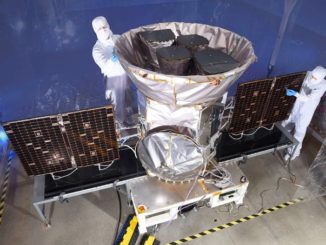
TESS




NASA’s new planet-hunting satellite begins climb into science orbit
Looping back near Earth for the first time since its launch one week ago, NASA’s Transiting Exoplanet Survey Satellite fired its thrusters early Wednesday to begin boosting its orbit toward the moon for a May 17 gravity assist maneuver that will help catapult the probe into its unique science orbit.

After “terrific” launch, TESS nears first major orbit-raising burn
NASA’s new planet-hunting TESS observatory completed its first post-launch thruster firing Saturday, setting up for a big boost Wednesday that will send the spacecraft toward the moon for a flyby next month, the next maneuvers in a two-month process to reach the mission’s final science orbit in mid-June.
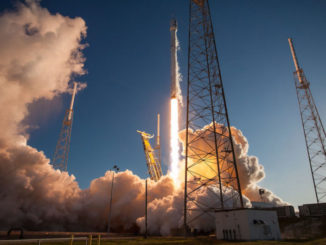
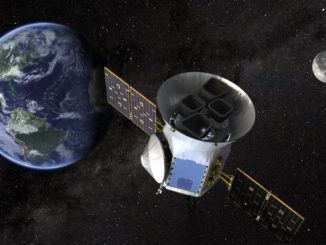
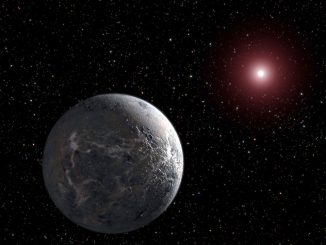
Potentially habitable super-Earth K2-3d observed transiting parent star
A group of researchers has observed the first ground-based transit observation of K2-3d — a potentially Earth-like extrasolar planet supposedly within the habitable zone around a bright M-dwarf host star 147 light-years away — using the multi-band imager MuSCAT on the Okayama Astrophysical Observatory’s 1.88-metre telescope.
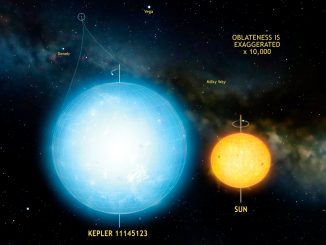
Distant star Kepler 11145123 is roundest object ever observed in nature
A team of German researchers has succeeded in measuring the oblateness of a slowly rotating star with unprecedented precision using asteroseismology — the study of the oscillations of stars. The technique was applied to a hot and luminous star called Kepler 11145123 some 5,000 light-years away that is spherical to one part in 500,000.
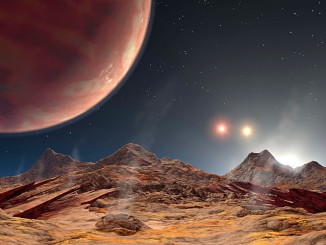
Astrophysicists find triple star system with “hot Jupiter”
Exoplanet KELT-4Ab, about one and a half times the size of Jupiter, orbits the main star of a three-star system every three days. The system’s other two stars orbit each other once every 30 years while simultaneously orbiting the main star — and the planet — once every 4,000 years. The triple star system lies about 685 light-years from Earth.
